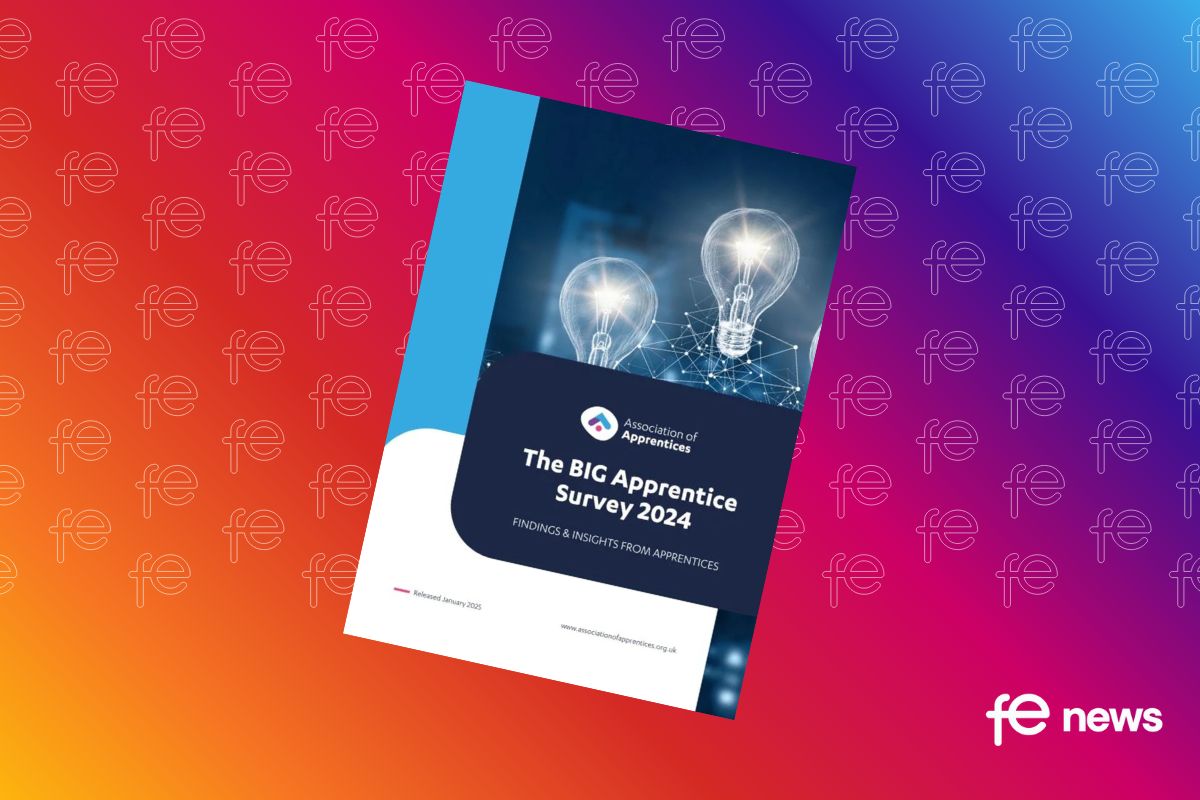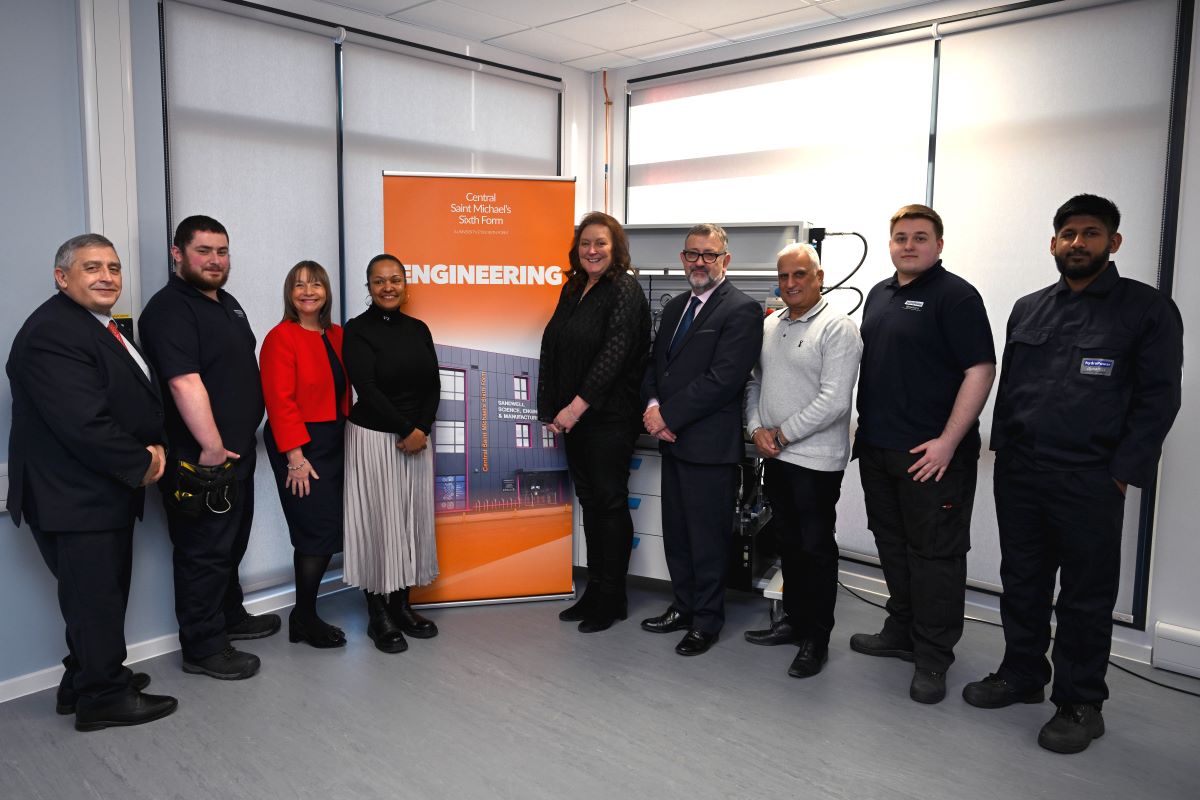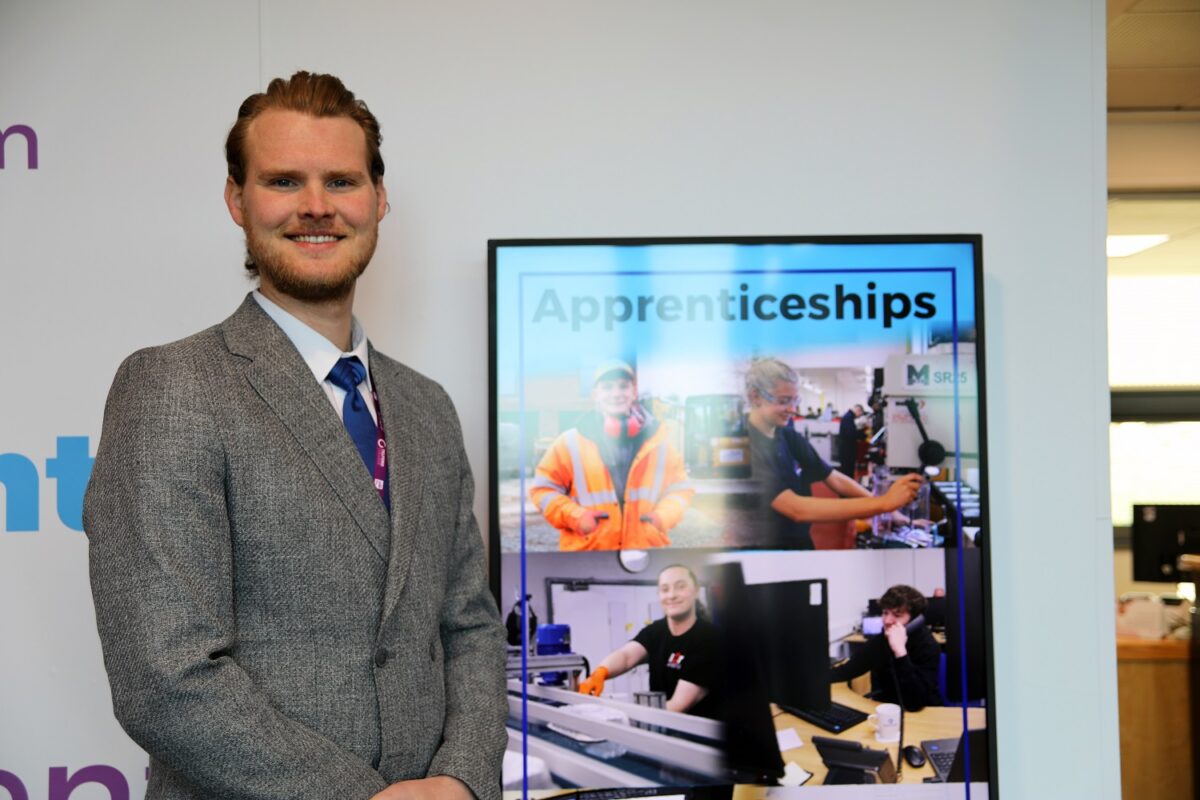The Future of Education: How AI PCs can Transform Teaching

Louise Quennell discusses how AI-enabled PCs are revolutionising education by assisting teachers with administrative tasks, personalised resources, and professional development. While challenges exist in implementation, partnering with IT experts can ensure successful adoption. AI PCs will enhance the learning experience, improve outcomes, and support teachers in delivering high-quality education for all.
Teachers are the backbone of our education system, providing future generations with the crucial knowledge and critical thinking skills needed to shape their lives. But, according to a recent Department for Education report on the working lives of teachers and leaders, they are battling an ever-increasing workload, resulting in longer working hours and possible burnout. While many stress their enjoyment of teaching, too many indicate a high workload as a reason to consider leaving the profession.
Teachers are irreplaceable because of their skilled judgement, capacity for human connection, and real-time adaptability in the classroom. As the education landscape continues to shift, we must find new ways to mitigate the challenges and improve teachers working lives.
Teaching has continued to evolve alongside technology, from working with OHPs and VHS teaching aids to laptops and interactive whiteboards. Now, we’re witnessing a new iteration of teaching technology, with AI coming to the fore as a powerful tool to serve teachers and their students. From enabling teachers to streamline their administrative tasks to aiding with assessments, marking and feedback, producing personalised teaching resources and even supporting teachers’ own professional development, AI and GenAI can hand precious time back to teachers. AI in the classroom, enabled by AI-powered PCs, will not change what it means to be a good teacher, but it does have the potential to alleviate the heavy teaching workload. In doing so, AI can strengthen and support teachers in doing what they do best – teaching and supporting their students.
AI as virtual assistants to teachers
According to the Department for Education’s GenAI in Education Call for Evidence, teachers are already embracing GenAI solutions to provide real-time feedback on student work through proofreading, grammar correction, and code checking. GenAI also assists with class transcription, helping improve students’ comprehension and retention of academic material. One of the most common GenAI applications in teaching roles is creating educational resources, like handouts, quizzes, and presentations, and, most interestingly, developing tailored material to cater for students with SEND.
GenAI has the potential to change the way educational institutions and teachers operate in ways that we are only beginning to imagine. However, to really reap the AI benefits of freed-up teacher time, additional educational support, and increased innovation, we have challenges to address, not least when it comes to technology. The Call for Evidence highlights the need to improve access to technology to ensure that teachers and students can harness the potential of GenAI. This sentiment is echoed in other recent research, which found that only 20% of UK students have access to AI learning tools, compared to 40% across Europe.
So, what does that mean for schools, colleges and universities looking to invest in the right tools and resources that will help their teachers leverage AI? The PC has always helped us connect and collaborate, and as we step into the new human-machine partnership heralded by AI, it is fitting to start there – with the AI-enabled PC. From running complex AI workloads on workstations to using day-to-day AI-powered applications on laptops, the AI PC will be an investment to benefit teachers and students alike.
What exactly is an AI PC, and how can teachers access one?
AI-enabled computers are a new generation of computers that can run AI workloads or AI-optimised applications locally on the device rather than in the cloud. This is due to the addition of an NPU (neural processing unit) designed to supercharge AI tasks such as data analysis and language translation or provide personalised recommendations tailored to the user’s specific task. With AI processing locally on the device, a teacher can run AI tasks more efficiently and get instant results when searching their own content using AI-powered tools like Microsoft CoPilot. Without having to worry about a patchy internet connection, a teacher using an AI-enabled PC will find tasks more seamless, accessible, and secure.
The NPU can decide how to run specific workloads and apps. It leverages the right compute engine for the workload, adding an AI acceleration engine that can take on more dedicated AI tasks, freeing up the CPU and GPU to do other things. This creates a more responsive experience and enhances performance, security, battery life and productivity. As AI continues its way into the mainstream, teacher and student devices will be asked to do more – more memory, more storage, and more processing power. PCs will need to use language modelling, language processing and machine learning capabilities to improve the user experience. As the value of AI in everyday computing (and teaching) increases, we’ll need a new kind of PC to meet those needs.
Implementing new technology within the education sector can be challenging. A recent Dell Technologies study found that 93% of UK organisations anticipate facing challenges when preparing for AI implementation, and the education sector is no exception. Those looking to adopt GenAI may come across challenges around their own level of skill, concerns around data protection, performance of GenAI tools and even integration issues. AI PCs have different IT requirements than traditional technologies, including specific compatibility with systems that may not align with those in place across the sector. Additionally, AI tools can be expensive, and a level of flexibility is required to adapt to the development of the technology.
Much like any adaptation to innovative technology, to fully unlock the benefits of AI PCs in the face of these challenges, teachers and students alike need a shift in culture, mindset and practice. When education leaders can work collaboratively with IT partners, they can make sure that their investment in the technology and tools for AI-powered automation and intelligence will meet the unique needs of modern learners and educators. These partners can assist with the pervasive challenges around budgets and legacy infrastructure through consumption models and recovery and recycling services. They can also support all educational institutions on their IT transformation journey through deployment, advisory, and managed services. AI can seem intimidating, and it can be challenging to figure out where to start and how to make it real. A good IT partner can bring the perspective and solutions necessary to ensure successful adoption.
Human-machine partnerships
The AI PC is the next significant change in the world of work, becoming a true digital partner to humans within any sector. According to Dell Technologies research, 84% of UK respondents believe that there will be greater human-machine partnerships within the next five years. If that is true, educators looking to future-proof their teaching should be encouraged to understand how they might integrate AI into their teaching practices.
As the partnership continues, we will see the PC move beyond driving human productivity to driving human performance, and this is particularly true in the education sector. Teachers will use AI PCs to deliver engaging, personalised, data-driven education in a more timely way than they currently can, ultimately enhancing the learning experience and improving learner outcomes.
For the moment, most human-machine interactions are linear, with the user spelling out what they want their device to do on their keyboard. However, in the not-too-distant future, we will have additional non-text-based ways to prompt technology. Using voice, visual commands, and gestures will become more common, creating a bi-directional experience between humans and machines. Our individual experiences with the PC will transition away from searching and towards prompting, from reading to understanding, and from editing to directing. This will increase efficiency in schools, colleges and universities, as well as support teachers in delivering a high-quality education for all.
AI is here to stay. For the education sector in particular, AI PCs will revolutionise the way we teach and learn, offering numerous benefits to both educators and students. By embracing the human-machine partnership and transformative power of AI, we can create a brighter future for education and unlock new levels of productivity and efficiency in the sector.
By Louise Quennell, CSG Director, Dell Technologies UK











Responses